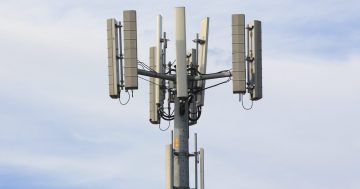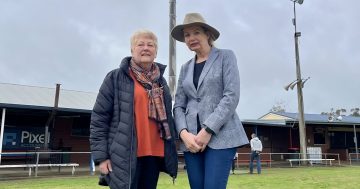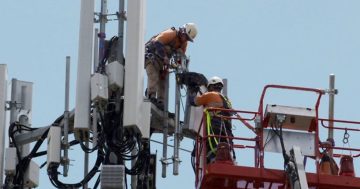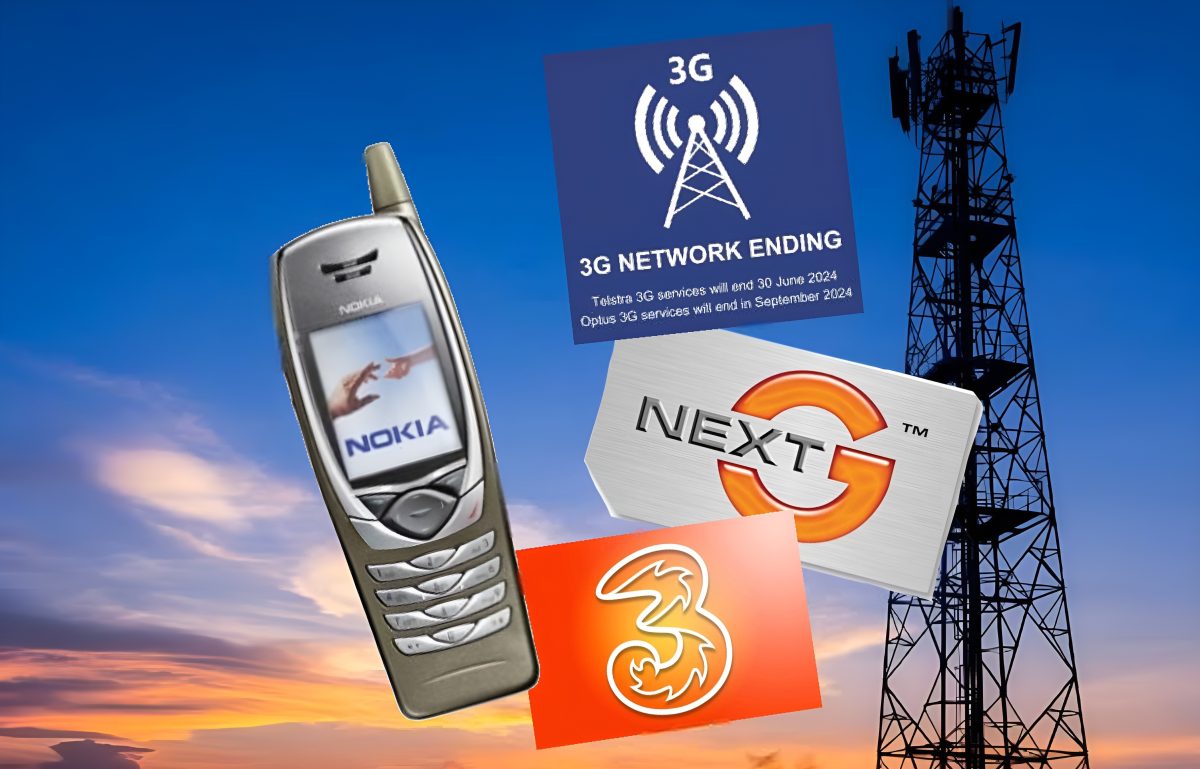
End of a generation as Telstra prepares to switch off the 3G Network. Photo: Composite.
With the 3G network shutdown just months away, there are fears that large numbers of telco customers could be unknowingly cut off from emergency services.
The shutdown has been five years in the making since it was announced in 2019, but there are still hundreds of thousands of devices across the country that will soon become obsolete.
Federal Member for Riverina Michael McCormack has warned regional residents and businesses to check their mobile devices.
“We’ve only recently learned of the potentially catastrophic issue that some 740,000 devices may be unable to contact triple zero when access to the 3G network is switched off,” Mr McCormack said.
“These devices include such items as the emergency pendant medical alarms supplied to vulnerable members of our community – the elderly and disabled communities could be at risk.
“Small business operators may need to check their EFTPOS hardware to ensure it will not be affected by the 3G shutdown.”
Before Australia’s 3G network launched in the early 2000s, mobile phones were exactly as described and used primarily for calls and text messages.
Over the next decade mobile telephones evolved to become ‘smart’ devices complete with cameras and millions of photos and videos were transmitted each year.
After 20 years, the network is being retired as customers shift to faster and more efficient 4G and 5G technologies.
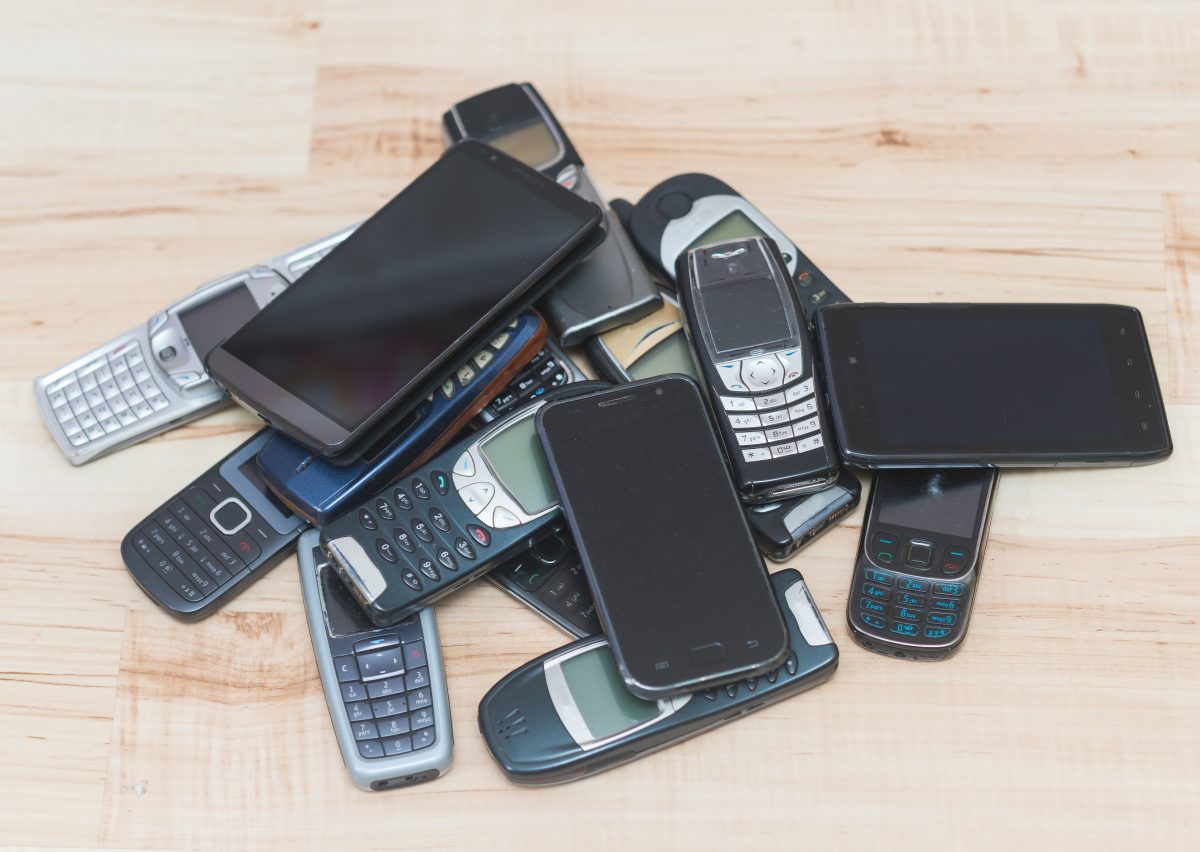
Some 4G phones will not be able to connect to triple zero after the 3G shutdown. Photo: antos777.
TPG/Vodafone switched off its 3G network in December and Telstra plans to turn off its 3G service at the end of June with Optus to follow suit in September.
More than 100,000 Telstra customers are yet to upgrade their 3G handsets and will find themselves cut off from emergency services once the telco flicks the switch.
There is also serious concern that owners of some 4G-enabled phones could get caught out in an emergency with estimates that more than a million customers could be at risk.
“The Australian Mobile Telecommunications Association warned the government in November last year that some older handsets only use the 3G network and even some newer 4G phones still need to access the 3G network to make triple zero calls,” warned Mr McCormack.
For a 4G-enabled smartphone to work for emergency calls it must be “VoLTE” compatible, a feature that wasn’t widely listed on early 4G phones.
Phones that are more than four years old, or were purchased overseas, should be checked.
Older Australians and people on lower incomes purchasing earlier models of secondhand 4G phones are thought to be most at risk.
Mr McCormack encouraged Riverina residents to check in on family members and remind them to follow up.
“I urge and encourage everyone in the Riverina and Central West, particularly those in the community who are more vulnerable, to check their devices now before it’s too late,” he said.
Telstra has launched a service that helps customers to check whether their device will be affected and involves texting the number three (3) to 3498.
Optus customers and anyone in doubt are urged to contact their telco provider to ensure that their device is VoLTE compatible.








